My aim is to differentiate between two different levels of illuminance. I would like to know when one photodiode is in shadow and other in direct sunlight. So I don't really need the level of lux but the difference in lux.
I have come across circuits like this, but instead, I would like to have this in differential mode utilizing both the photodiode in one amplifier. Also, I will be reading the output on Arduino so if possible I would like to avoid the amplifier prefer doing taking the difference in digital. But I guess directly reading across the diode won't be a good idea either as the voltage range is very small (0-0.5 V) and so the ADC resolution won't be good.
So, overall, I am trying to find a schematic for either:
- A direct ADC of each photodiode with sufficient resolution so that I can take difference digitally.
Or
- A differential amplifier with range suitable for ADC.
Sorry if you feel I haven't tried enough on my own. In that case please just leave a guide point and I will try to design the circuit.
EDIT
The reason I want to use photodiodes and not LDR is the nonlinearity of variation of the resistance with lux. In my experiment with LDR I first measure the resistance at ambient (~50k ohm) and then threw a flash on it for a few seconds, but when I removed it I found that resistance does not go back to the same value (stays around 10k ohm for minutes). It is kind of a Hysteresis non linearity with LDR. While for photodiode I felt that readings were consistent. Please try to take this too in consideration.
EDIT 2 So, considering the solutions suggested below and keeping in mind the time and components availability constraints I finally implemented the LDR and baffle mechanism. It worked out all well and so I wanted to share this video with you all Solar tracker-Light follower. Thanks a lot.



